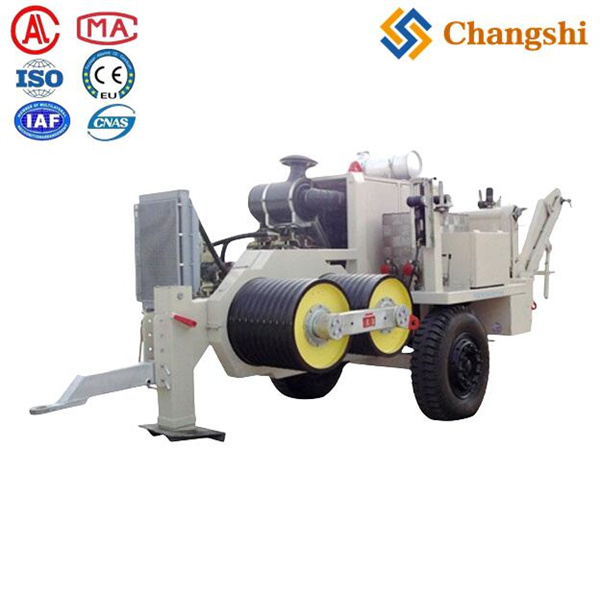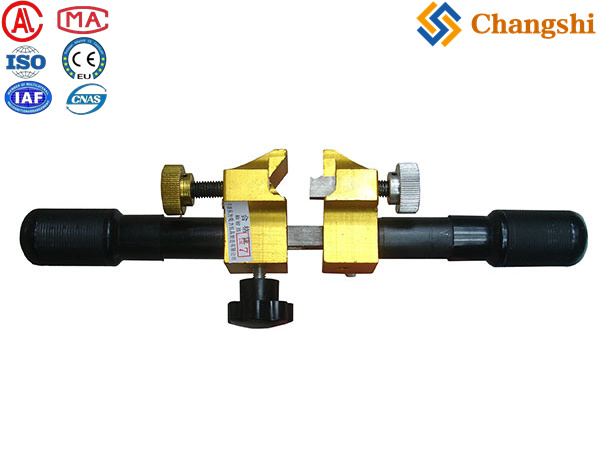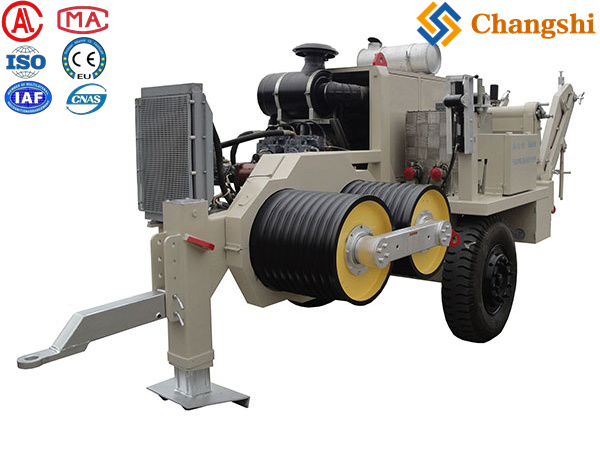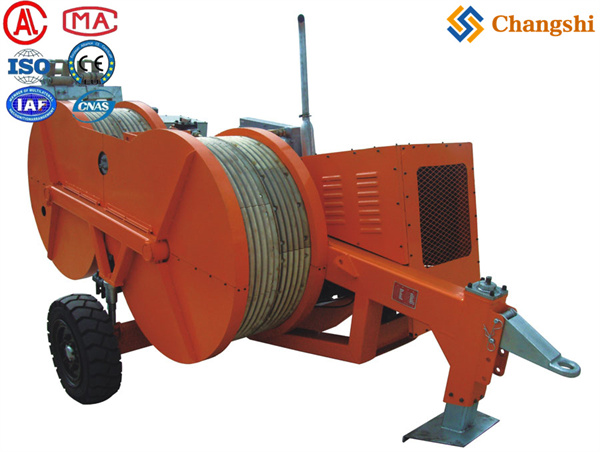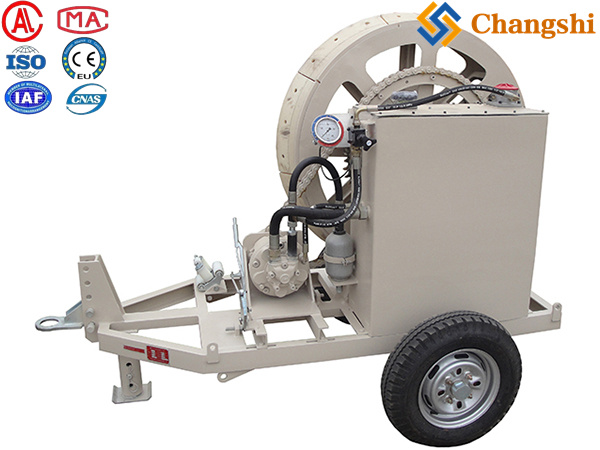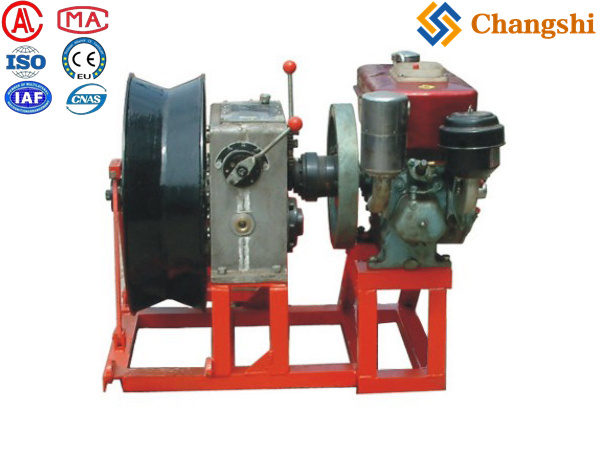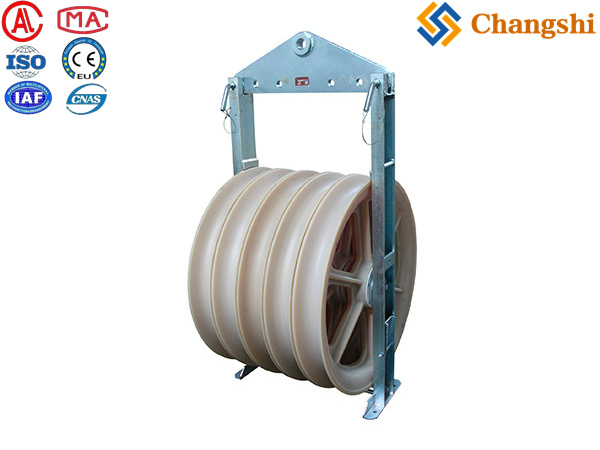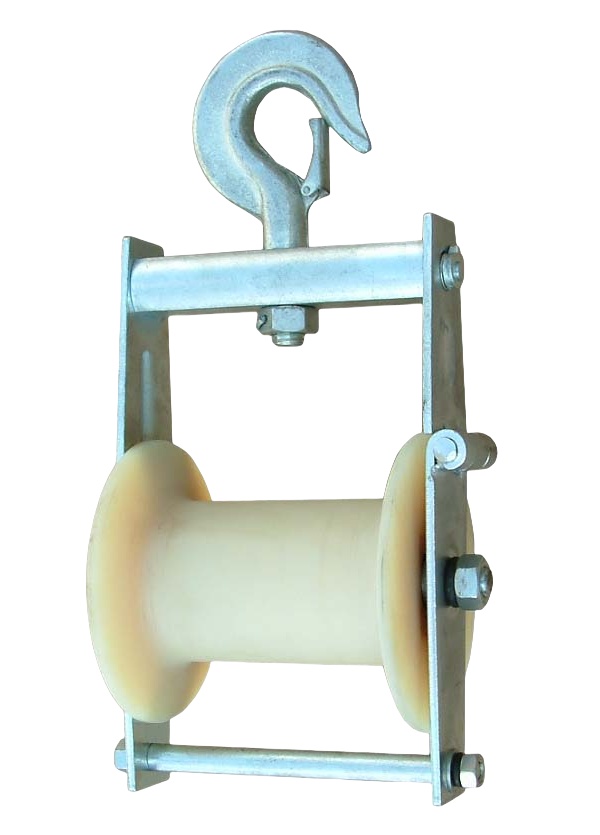
Stringing Equipment For Overhead Power Lines
Stringing equipment for overhead power lines includes a comprehensive set of specialized tools and machinery designed to safely and efficiently install and tension conductors on transmission and distribution lines. These tools ensure proper sag, tension, and alignment of conductors while minimizing damage during installation.
-
:
These are the primary machines used to apply controlled tension and pulling force to conductors. Modern hydraulic tensioners offer features such as closed hydraulic circuits with infinitely variable tension control, automatic over-pull protection, spring-applied hydraulic brakes for safety, and wear-resistant bullwheel linings (e.g., MC nylon). Capacities typically range from around 2.5 tons up to 25 tons or more, suitable for stringing single or bundled conductors up to 45 mm diameter. They often come trailer-mounted for easy transport and deployment on-site. -
:
Used to guide conductors and pulling lines over towers and poles, stringing blocks reduce friction and prevent conductor damage. High-quality blocks feature ball bearings for smooth sheave rotation, resulting in minimal friction loss (about 2% per block). They come in various sizes and configurations (single, double, triple, five, seven sheaves) and are made from materials such as aluminum alloy or high-strength nylon. -
:
Strong ropes or braided galvanized steel pilot wires are used to pull conductors through stringing blocks. Pilot wires help prevent conductor twisting and birdcaging during installation, especially in challenging terrains. Systems like the Spider System use multiple colored pilot ropes to string phase conductors and neutrals sequentially, improving efficiency and safety. -
:
These clamps securely hold conductors or earth wires during stringing operations. They are available in automatic and manual types and designed for different conductor sizes and types. -
:
Reel stands with hydraulic or mechanical brakes control conductor payout from reels, while winches assist in pulling conductors over long distances or difficult terrain. Some winches feature remote control operation for enhanced safety and convenience. -
:
These prevent conductor twisting and birdcaging by allowing rotation during pulling, preserving conductor integrity.
-
Equipment is designed for a wide range of voltages, from low-voltage distribution lines to ultra-high voltage transmission lines (e.g., 500 kV, 750 kV, and above).
-
Hydraulic tensioners and pullers provide precise, stable tension control with safety features like automatic brakes and overload protection to prevent conductor and equipment damage.

